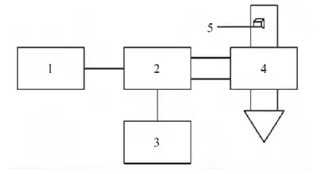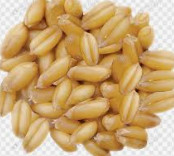
- Shandong Microwave Machinery Co.,Ltd.
- To be the Leader of microwave drying and edible oil refining equipments Manufacturer
Home> Company News> Study on ultra-dry storage technology of wheat seeds
- AddressNo. 225, Huangqiao Village, Beiyuan, Tianqiao District, Jinan, Shandong, China
- Factory AddressNo. 225, Huangqiao Village, Beiyuan, Tianqiao District, Jinan, Shandong, China
- Phone(Working Time)+86 0531 85064681
- Phone(Nonworking Time)0086-15020017267
- Fax+ 86 0531 85064682
Study on ultra-dry storage technology of wheat seeds
2019-01-07 15:11:40ABSTRACT: In the world, there are more than 6 million germplasm resources, of which more than 90% are seeds. It is urgent to protect these germplasm resources.

Firstly, several methods of wheat seed drying and preservation and their characteristics were introduced. Microwave drying equipment and desiccant drying were commonly used. Now heat pump drying and microwave drying were developed. Then, the optimum water content and vigor of wheat seeds were analyzed. The results showed that the germination rate of dried seeds was high and the vigor was strong, indicating the moisture content of seeds. Quantity has a great influence on seed vigor of wheat.
Key words: wheat seed microwave drying; storage; vitality

The development of social economy has led to a large consumption of resources, and the non-renewable earth resources are gradually exhausted, so people have increased the protection of resources. At present, human production activities have a serious impact on various renewable and non-renewable resources.
Among all kinds of resources, the destruction and impact on biological resources are more serious than other resources. In the world, there are more than 6 million germplasm resources, more than 90% of which are seeds. It is urgent to protect these germplasm resources.
For a long time, scientists have been trying new technologies and methods to store germplasm resources, using low temperature germplasm resource bank as the main storage carrier.
However, the low temperature germplasm resource bank has its drawbacks. The construction cost of this kind of reservoir is relatively high, and the cost of its transfer and transportation is also high. In some developing countries and less developed areas, it still does not have the economic strength to build such a reservoir. If it is able to build such a germplasm resource bank, its future maintenance and maintenance will also impose a heavy burden on the government.
To sum up, the increase of the output of star anise forest can improve the farmers'economic benefits and the enthusiasm of afforestation. Therefore, it is irreplaceable to transform the low-yielding star anise forest.
In this paper, the causes of low-yielding octagonal forests are briefly analyzed, such as the lack of necessary management, the threat of pests and diseases, the lack of scientific planning and the irregular harvesting. Based on the above problems, relevant solutions are put forward, hoping to play a positive role in the development of agriculture and the healthy growth of octagonal forests in China.
 High efficiency food beverage factory stone paper production line
High efficiency food beverage factory stone paper production line Factory price Fully automatic Machine PP/PS Plastic Sheet Production Line
Factory price Fully automatic Machine PP/PS Plastic Sheet Production Line used deformered bar rolling mill production line
used deformered bar rolling mill production line Manufacturing plant automatic factory puffed sticky rice cracker production line
Manufacturing plant automatic factory puffed sticky rice cracker production line Production Line Pp Ppr Plastic Pipe Making Machine 20-63mm Multi-layer Extrusion Production Line For Water Supply
Production Line Pp Ppr Plastic Pipe Making Machine 20-63mm Multi-layer Extrusion Production Line For Water Supply